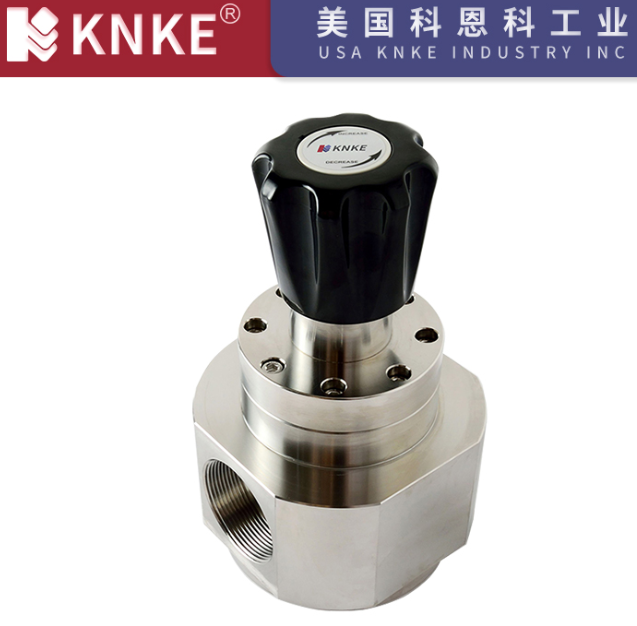The Role of Pressure Reducing Valves
Pressure reducing valves (PRVs) play a crucial role in various industrial and residential systems. They help regulate pressure to ensure the safe and stable operation of equipment. PRVs are vital in maintaining system safety and performance in gas supply, water treatment, and gas transmission systems. This article explores the core function of PRVs and explains how they regulate pressure and maintain stability in systems.

1. Pressure Control: Ensuring Safety and Stability
One of the primary functions of a pressure reducing valve is to control pressure. In many systems, the medium (such as water, gas, or fuel) can reach dangerously high pressures during transmission. If not controlled, high pressure may damage equipment or pose significant safety risks. PRVs reduce the input pressure and stabilize the output pressure, ensuring that downstream equipment operates safely.
For instance, a liquefied petroleum gas (LPG) PRV is installed on the valve of a gas cylinder. It reduces the high pressure from the gas tank to a lower pressure suitable for household appliances. Without a PRV, excessive pressure could damage appliances or cause hazardous situations, such as fires or explosions.
2. Automatic Regulation: Adapting to Varying Demands
In addition to pressure reduction, PRVs can automatically regulate pressure. Internal components such as membranes, pistons, and springs allow PRVs to detect pressure changes and adjust the valve opening accordingly. When pressure increases, the valve reduces the opening. When pressure drops, it increases the opening. This keeps the system in a stable pressure state.
A good example is the LPG PRV. It adjusts the valve opening based on real-time pressure changes, ensuring a steady low pressure for household appliances. This automatic regulation enhances system flexibility and safety. It also eliminates errors that may arise from manual adjustments.
3. Types and Applications of Pressure Reducing Valves
PRVs are designed differently based on their application. They vary in terms of medium type, operating principle, and installation requirements. Here are some common types:
- Gas PRVs: These are used in residential and commercial gas systems. They reduce high-pressure gas to a usable, lower pressure. Gas PRVs are lightweight, simple, and easy to install, ensuring a stable gas supply.
- Water Pressure Reducing Valves: These are used in water supply systems to control water pressure. They prevent excessive pressure from damaging pipes or appliances. You can find them in both residential and industrial water systems to ensure that devices like water heaters and faucets operate within safe limits.
- Gas PRVs for Industrial Use: These regulate the output pressure of gases in industrial gas supply systems. They ensure equipment operates smoothly. Gas PRVs may use a fixed ratio or floating piston design, depending on the application.
4. Core Performance and Standards of Pressure Reducing Valves
PRV performance focuses on its pressure regulation range and stability. The regulation range refers to the span of output pressures the valve can control. This range must meet system requirements while accounting for pressure fluctuations. Precision is determined by components like the regulating spring and valve design. Industry standards govern the design, manufacturing, and use of PRVs, ensuring their reliability and safety over time.
5. Videos and Practical Demonstrations: Enhancing Understanding
Videos and hands-on demonstrations provide valuable insights into PRVs. Through dissections and demonstrations of working principles, users can visually understand how PRVs sense and adjust pressure. These practical insights help operators improve their understanding and proficiency in using these devices.
Pressure reducing valves are critical components in many fields, such as gas, water treatment, and gas transmission systems. They not only reduce pressure but also stabilize it through automatic adjustment mechanisms. PRVs come in different designs based on the application. Choosing the right model ensures safe and reliable operation. By understanding their function and performance, users can select the ideal PRV for their needs, ensuring the longevity and safety of their systems.
